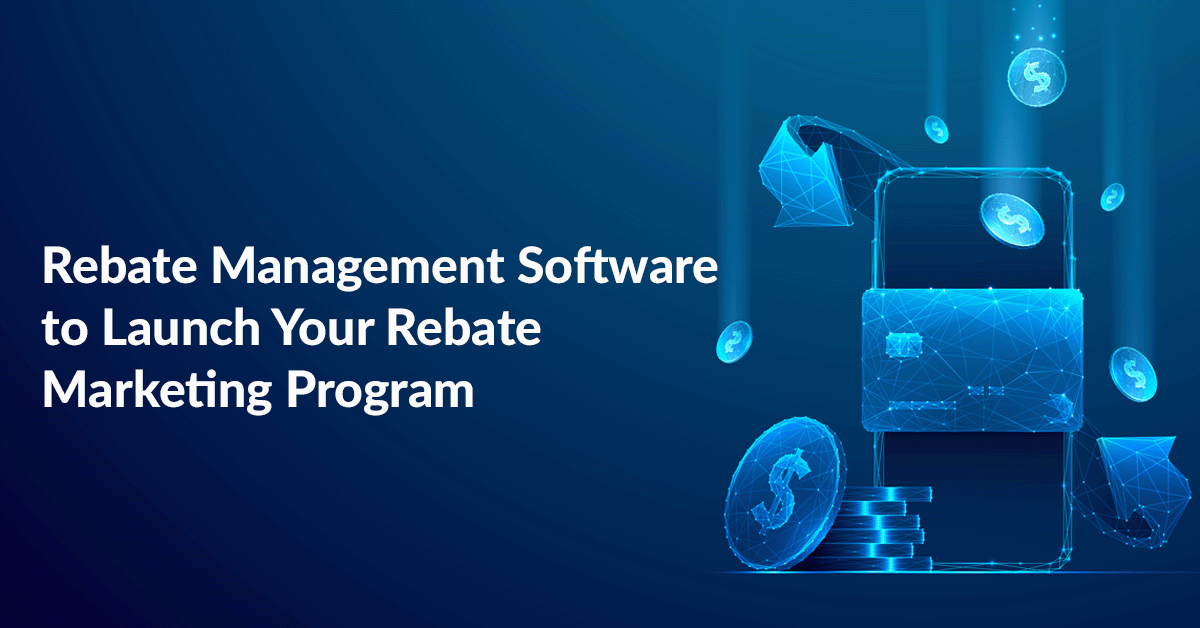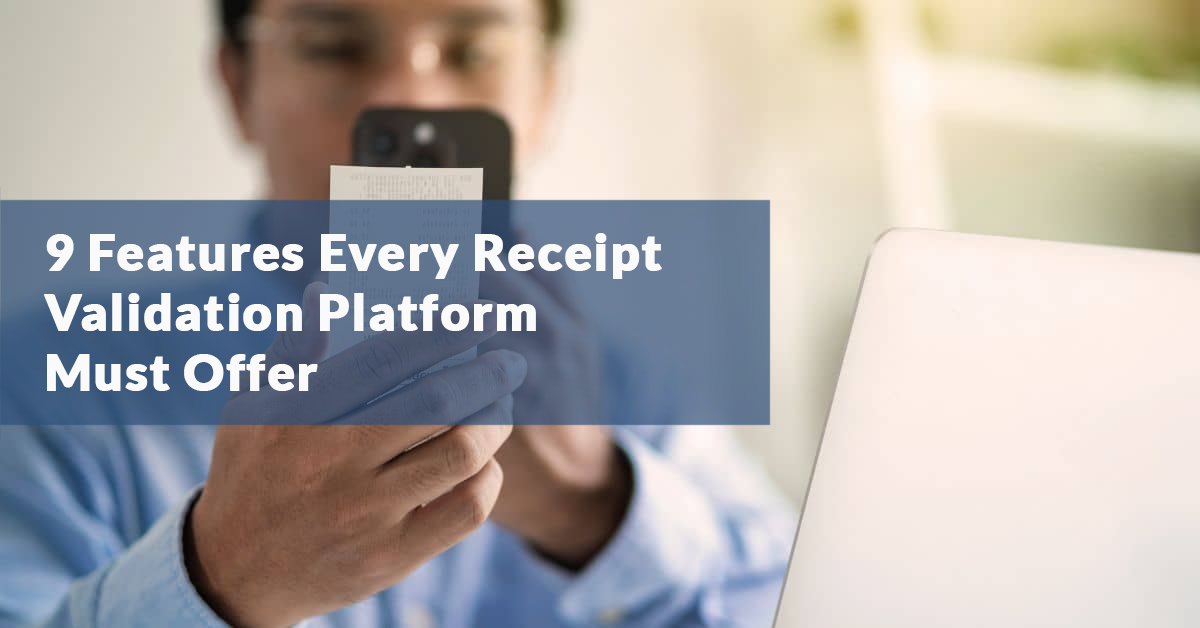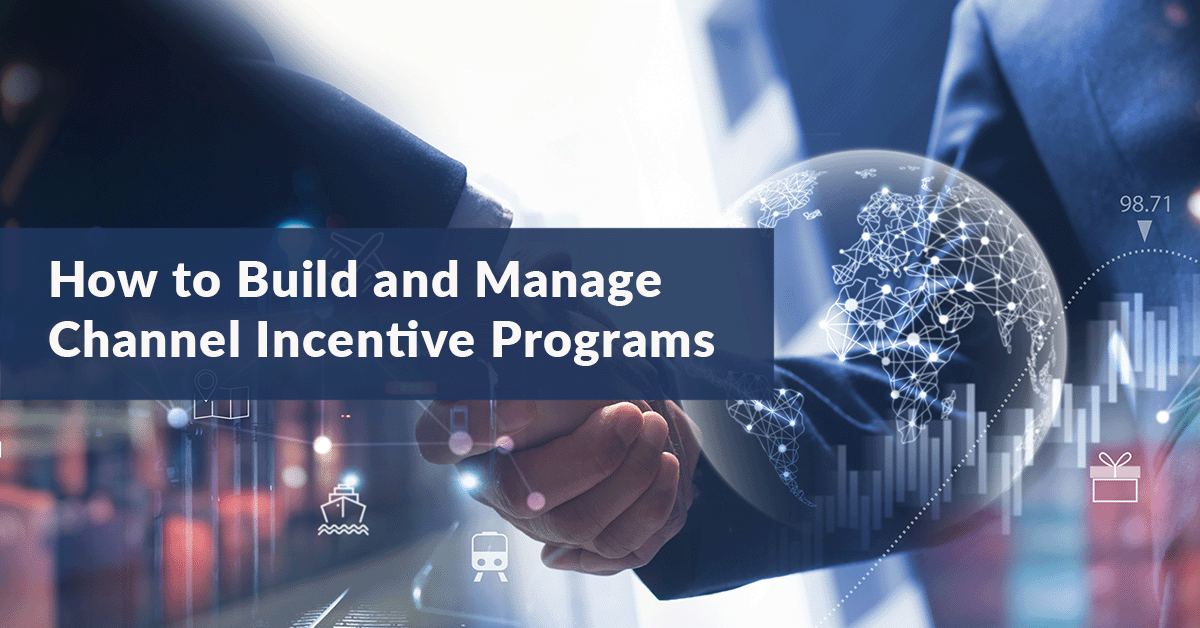Rebate Management Software
A rebate management platform enables you to manage the complete rebate marketing process, from creating the rebate to submission processing to payment fulfillment and reporting. There are traditional rebate management solutions that require a lot of manual effort on your part, or there are modern solutions that help you automate as much of the process as possible and give you real-time visibility into what's happening with your rebate program.
Let’s go a bit deeper into the key rebate management software features:
Program Design and Configuration: Rebate management software lets you set up and manage a single-instance or a cross-portfolio rebate program. You can fully configure the program to support your requirements, including the rebate type (e.g., single purchase, multi-purchase, dollar spend threshold, quantity purchase, purchase frequency, etc.), eligibility criteria, redemptions, and promotional terms and conditions.
Managing Submissions: The old way of sending rebates via mail is over. Today’s rebate marketing programs support a variety of channels for accepting submissions, including text, email, web upload (and even mail if needed). Submissions can be receipts or, for B2B businesses, invoices, purchase orders, or delivery orders.
Submission Processing: Traditional rebate management systems require submissions to be processed manually, but that's no longer the case. Today's rebate management software can automate the validation and approval process leveraging tools like receipt processing and intelligent OCR . Processing involves verifying the accuracy or completeness of a claim (receipts, invoices, purchase orders etc) validating the claim against program rules, and sending approved claims for payment processing.
Reward Status Communications: Customers are informed of their rebate status through SMS, email, or a website. Regardless of the notification method, customers should be regularly updated on the status, such as when the claim has been received and validated, when it has been processed, and when the rebate has been issued.
Payment (Reward) Processing: Rebates can be paid out in a number of ways, depending on how the program is set up. Customers can opt to receive a check in the mail or get a prepaid rewards card, gift card, or digital credit card. Some programs also support PayPal, Venmo, and Google Wallet, as well as wire transfers and other methods.
Performance Monitoring: Rebate management software provides reporting and analytics to help marketers understand how their rebate programs are performing. Dashboards that show each program and its status and the ability to drill down into deeper analytics such as redemption rates, product and SKU level sales data, basket analysis and geographic data to build customer profiles to help marketers know if the rebate program is working or if it needs more promotional effort.
In addition to these key features, rebate management software provides other essential features, including:
- Integration with your CRM, ERP, and POS systems to synchronize customer data.
- Built-in fraud detection that detects fake transactions, helping companies avoid losses.
- Complete audit trails to ensure the program complies with internal policies and regulatory requirements.
Overall, a rebate management system can help you streamline rebate marketing processes, enhance customer satisfaction through clear communications and multiple submission and payment options, and maximize the ROI of your rebate initiatives.
Rebate Program Examples
To give you an idea of how a rebate marketing program works (and how a rebate management system helps), here are a few examples, both B2B and B2C.
Hayward’s Rebate Program for Installers (B2B)
Hayward provides a range of pool technology, such as filters, pumps, LED lighting, and more. The company wanted to create a channel incentive program that encouraged installers to use their products for repairs and upgrades. They created a channel rebate program where installers can upload before and after photos of their project that show the new Hayward product replacing the existing product. Valid submissions received a $50 digital gift card to use the Hayward Rewards store, such as Amazon, Bass Pro, Best Buy, Dunkin Donuts, and Home Depot.
IKO’s ROOFPRO Rebate Program (B2B)
IKO runs a B2B ROOFPRO loyalty program in the US and Canada. They wanted to increase the speed and accuracy of its invoice processing. They worked with Snipp to implement the Snipp C.A.R.E. hub, where contractors and distributors could upload invoices (including Distributor bulk sales files). Customers could receive rebate payments in several ways, including digital ACH.
Pedigree Adds a Rebate Program to Its One True Loyalty Program (B2C)
Mars-Pedigree wanted to acquire new customers and drive loyalty. They developed a rebate program that rewarded customers who adopted a dog and purchased $25 worth of Pedigree products. The solution needed to do complex validation of both receipts and adoption papers. Customers could get a rebate of up to $200 of their adoption fee when validated.
Radeberger Uses Digital Rebates to Drive Sales (B2C)
Radeberger wanted to grow a database of consumers for future engagement and was looking for a turnkey digital rebate solution to run multiple offers across brand, retailer, location, season, etc. They are running a series of programs to drive sales and engagement for their various brands, including a rebate program. They launched both purchase and non-purchased-based promotions across multiple markets and the brand portfolio. They were able to test different options by running multiple programs to see what worked best for them.
How to Run a Rebate Program
To get you started on your rebate marketing program, here is the basic process you need to follow. There will be differences depending on whether your rebate program is B2B or B2C, but the basic process is the same.
Step 1: Define your objectives and budget: What is the goal of your program? Do you want to increase sales, attract new customers, increase efficiencies or build loyalty? Once you understand what you want to achieve with a rebate program and have identified the budget (keeping in mind the cost of the rebate offer, administrative expenses, and marketing costs), you can start setting it up.
Step 2: Design the Rebate: Decide the amount and type of rebate you will offer, the eligibility criteria, the promotion timeframe, and any terms and conditions that will apply. Set the program up leveraging a rebate management software.
Step 3: Create the promotion or loyalty program, including marketing materials, messaging, and the channels you will use. Each channel - advertising social media, email, POS - may require unique copy, visuals, and other assets that explain how the rebate program works. You will also need to set up a rebate website or app to deal with submissions and communications.
Step 4: Process & Issue Rebates: Using your rebate management software, set up the process of collecting, validating, and processing rebates.
Step 4: Issue Rebates: Communicate to the customer when their rebate is approved and provide a method to choose how payment is made.
Step 5: Track and Analyze the Program: Regular program monitoring ensures you are tracking its performance, including metrics like sales lift, product level data, redemption rates, and ROI. Take learnings from the program, including customer feedback, to improve future rebate programs.
The key to a successful rebate marketing program is that you design an attractive offer to customers and make them want to participate with ease while being financially viable to you and easy to administer.
Rebate Management / Rebate Processing Companies
Sometimes, the work involved in managing a rebate marketing program is too much for a marketing team to take on. You can look to a rebate management or rebate processing company in this case.
These third-party service providers specialize in managing and executing all or part of a rebate program for you. Depending on your needs, these companies will help you design your rebate program, implement it, and administer it. You use their rebate management software, and they support your program from start to finish.
Rebate Marketing For The Win!
We've provided you with all the information you need to get started on your rebate marketing program, including why you need one and the difference between B2C and B2B rebate programs. We also discussed the importance of utilizing rebate management software to run rebate programs efficiently, including the key features and examples of successful real-life rebate programs in B2C and B2B sectors. We wrapped it up with how to get started and why you might want to obtain the services of a rebate management/processing company to help you. Looking for more information? Learn more about Snipp's Digital Rebate solution or each out to Snipp's rebate experts; we'd be happy to help.






